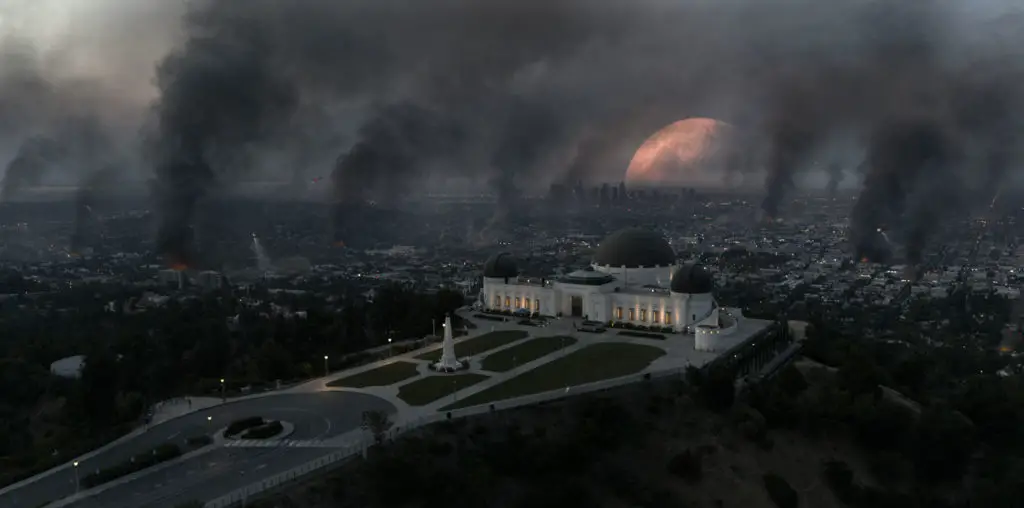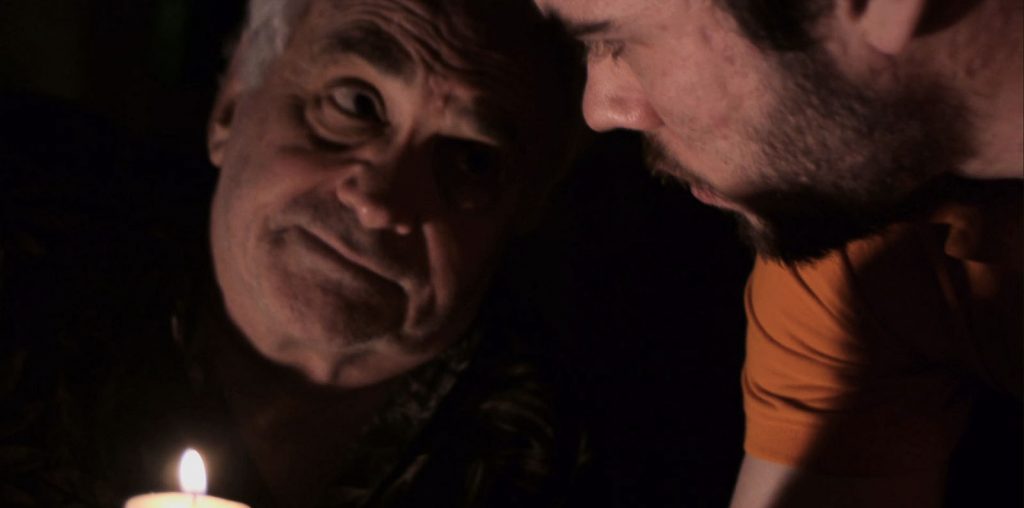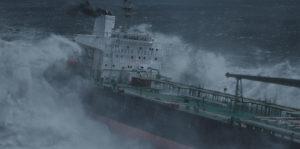
When the term “disaster movie” is bandied about, the country of Norway is perhaps not the first to come to mind. Yet the country has been producing a steady stream of earth-rattling devastation for some time now. This includes the well-received The Wave, its sequel The Quake, as well as The Tunnel, from 2019. Director John Andreas Andersen returns to the genre with The Burning Sea (Nordsjøen), written by Harald Rosenløw-Eeg and Lars Gudmestad.
The film follows the traditional narrative beats of the disaster epic. But where modern American-born productions of this ilk seem more interested in showcasing the special-effects-laden spectacle, the focus here is on the human and natural elements. The story posits the potential environmental outcome if the North Sea oil wells suffered a catastrophic explosion. It opens with a brief history of the oil-rich area and the Norwegian government’s eager involvement in allowing nearly 200 active rigs to mine the area.
We are then introduced to Sofia (Kristine Kujath Thorp), an aquatic robotics operator. The oil company execs have summoned her to help survey the damage after a fissure in the ocean floor swallows one of the platforms and threatens the entire operation as a result. The remaining rigs are ordered to be evacuated, but in the process, several workers became trapped undersea, including Sofia’s lover Stian (Henrik Bjelland). The executives quickly cut their losses and high-tail it out of the remaining rigs. But Sofia is determined to search for her beloved partner and prevent further ecological devastation to her country.
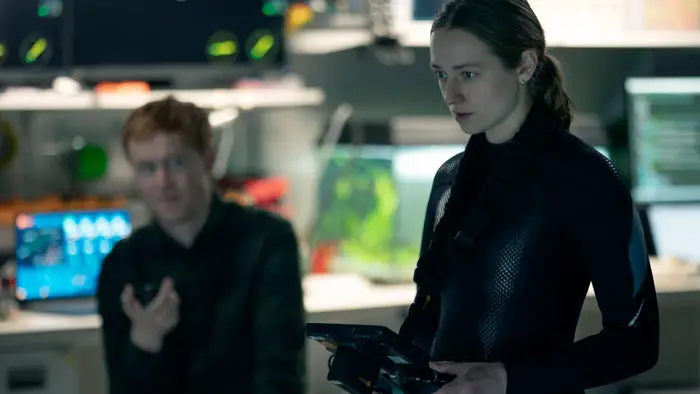
“…the North Sea oil wells suffered a catastrophic explosion.”
This is where The Burning Sea most notably splinters from its American cinematic cousins. If crafted stateside, the film would focus more on city-leveling pyrotechnics and superheroic stunts. But here, the explosion is only part of the equation, and the rush to limit the environmental impact is equally as important as the explosions. Adding to this are the engaging protagonists. Her intelligence and technical prowess define Sylvia. Accompanying her is the humble scientist Arthur (Rolf Kristian Larsen), who would most likely serve as comic relief in a muscle-bound Michael Bay flick.
These every-person characters strengthen the emotional foundation and help ground the human casualties of the potential environmental impacts, much the same way the criminally under-appreciated Greenland had in 2019. Thorp, who was outstanding in last year’s comedic indie Ninjababy, imbues her role with an earnest sincerity that humanizes her struggle.
This is not to say that The Burning Sea skimps on the fireworks. Andersen sharpened his claws with the aforementioned The Quake and enlisted cinematographer Pål Ulvik Rokseth (of The Wave fame). Together they nimbly capture both the fragile, picturesque grandeur of Norway’s landscape and the incendiary petroleum-drilling platforms atop the water. Moreover, the digital effects are seamlessly integrated with the actual footage, giving the ever-present peril and suspense an immediacy.
The Burning Sea is also not immune to the tropes and cliches of the disaster movie and rarely contributes anything new or groundbreaking. But it provides enough nuance to its characters that we care for their survival. By taking its time setting the stakes for all involved, when the action strikes, its impact is witnessed more through the cast rather than a cadre of CGI explosions.
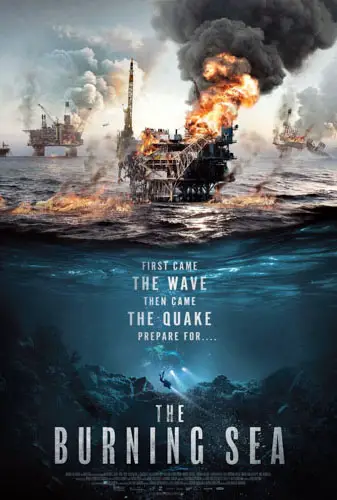
"…enough nuance to its characters that we care for their survival."

